Our Approach
Over the course of a decade, Sea Walls projects spanned 20 countries, from bustling metropolises to remote coastal towns. While each activation was unique, the approach remained consistent, and this holistic approach fostered a new wave of conservation rooted in community, creativity, and action.
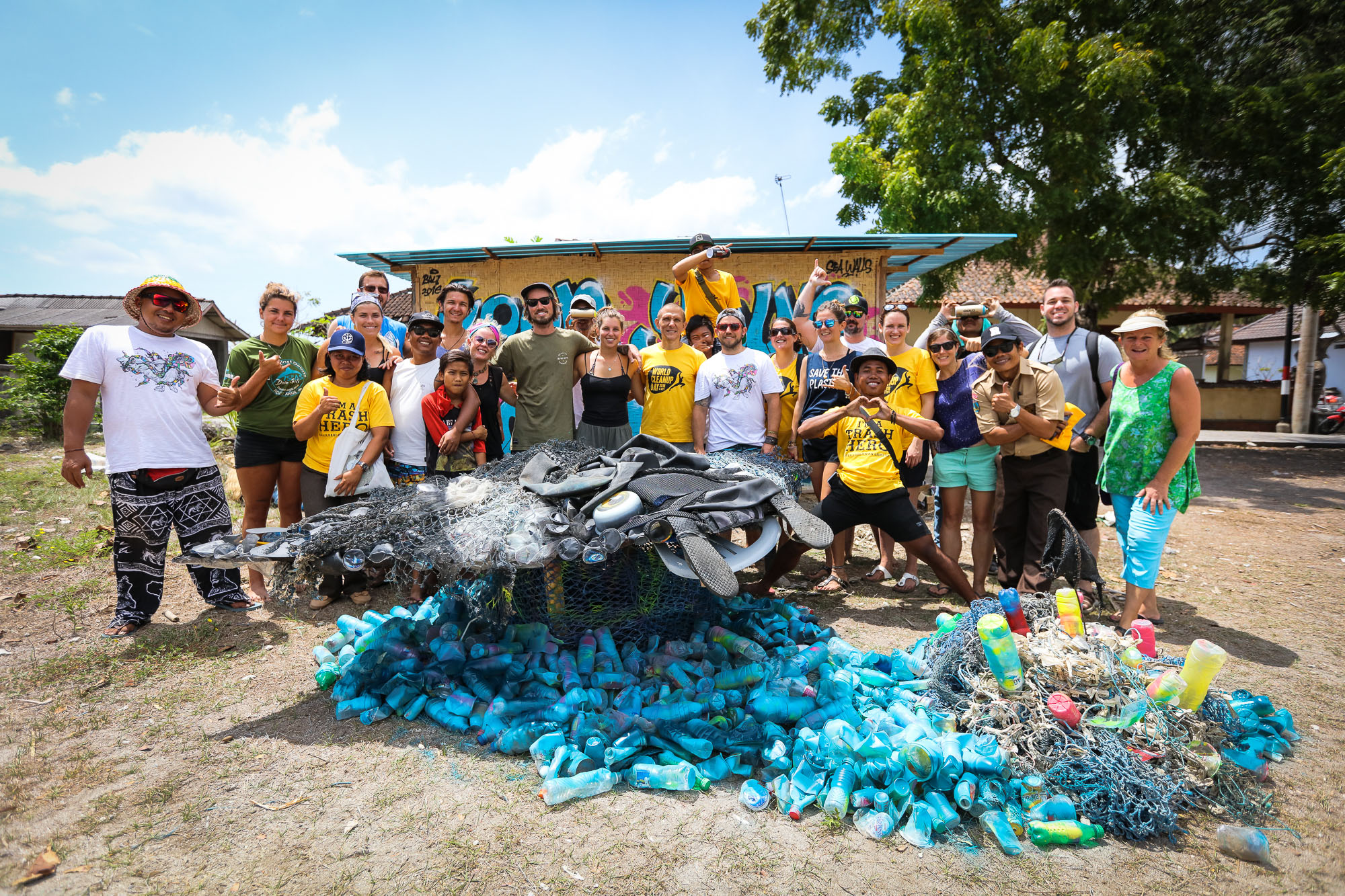
Local First
Establishing strong connections with local communities and stakeholders to ensure murals reflected regional priorities and challenges.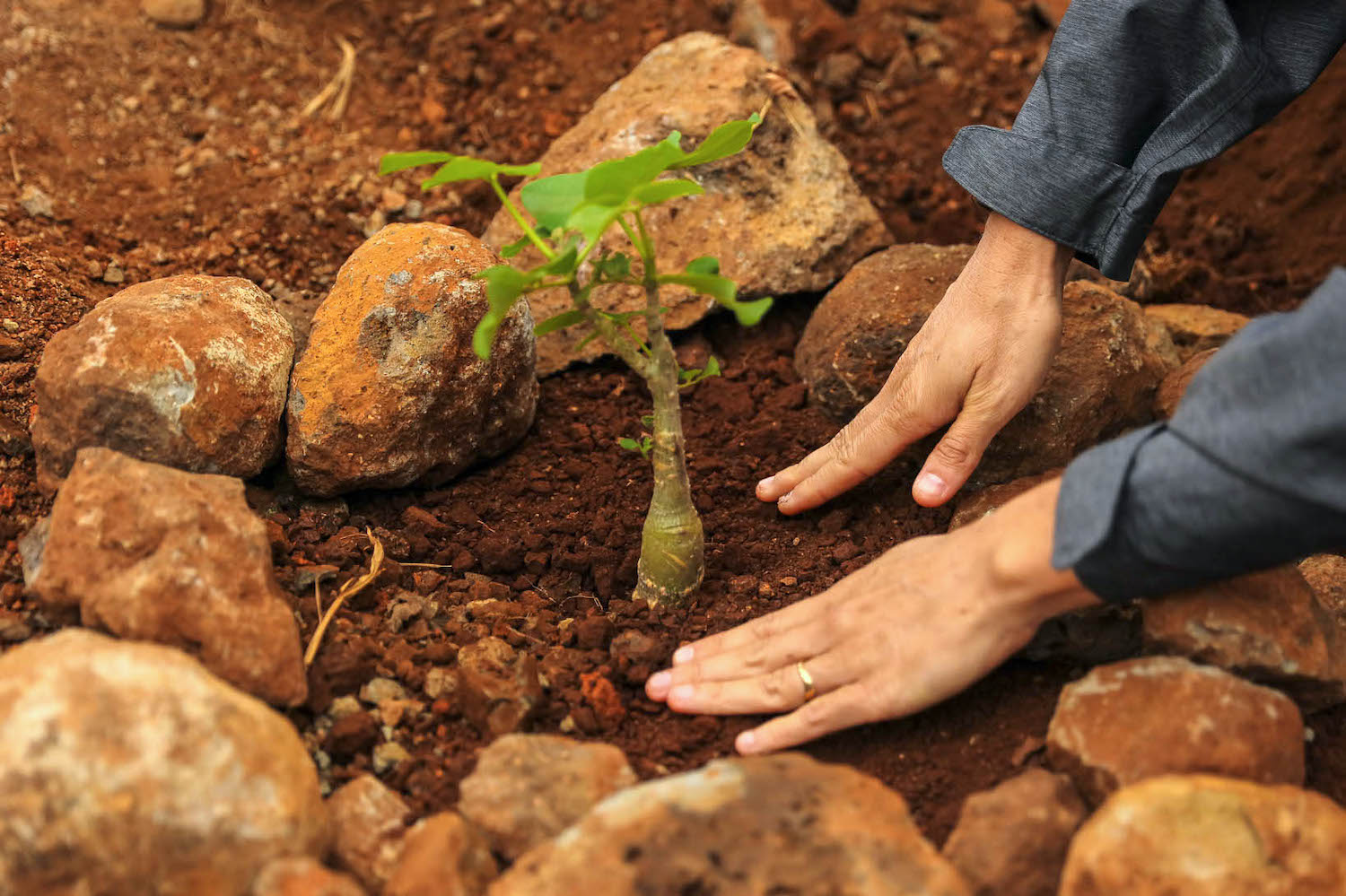
Environmental Stewardship
Minimizing environmental impact during activations by adopting sustainable practices.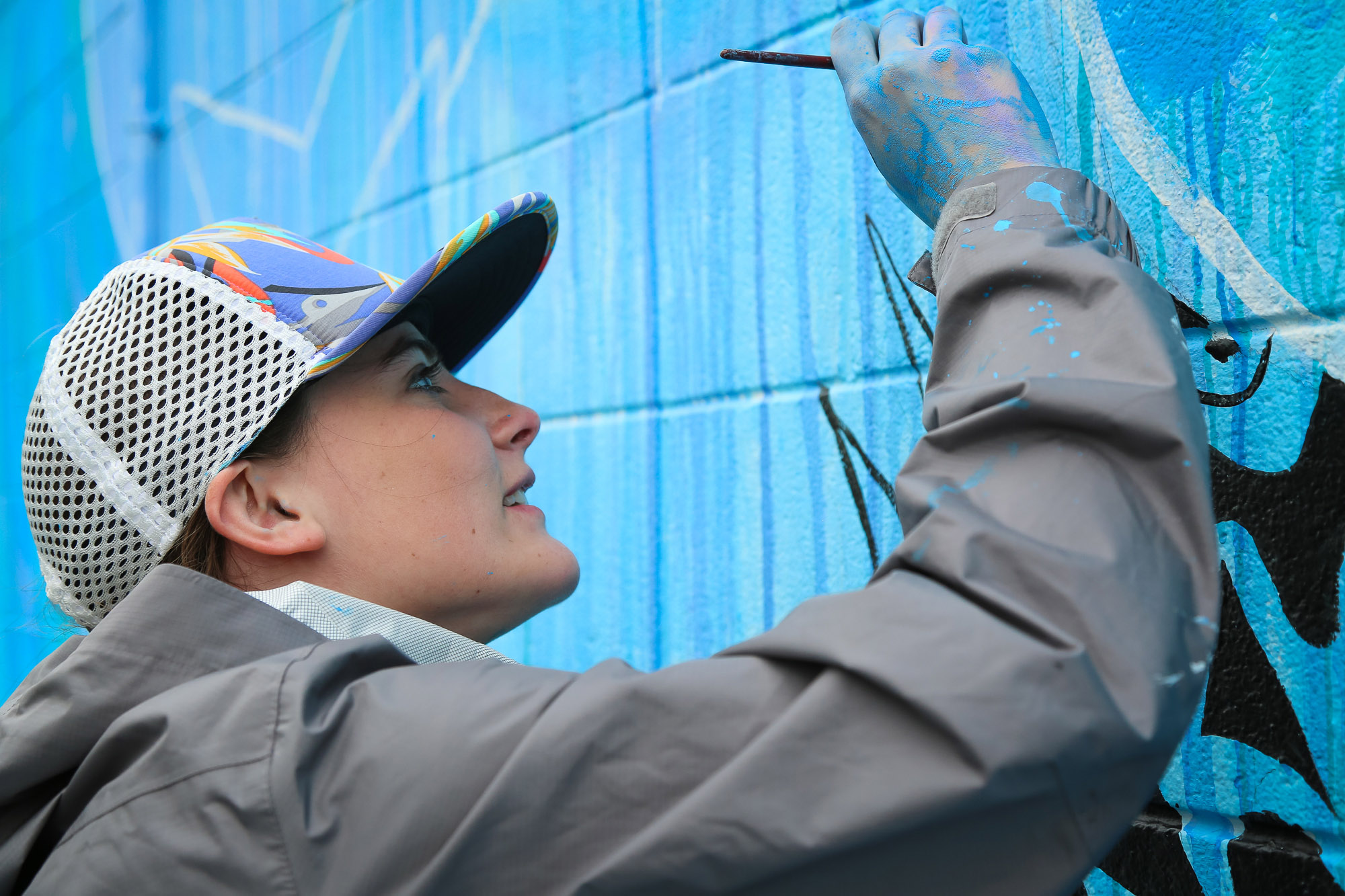
Youth Mentorship
Empowering the next generation of ARTivists through hands-on mentorship and creative opportunities.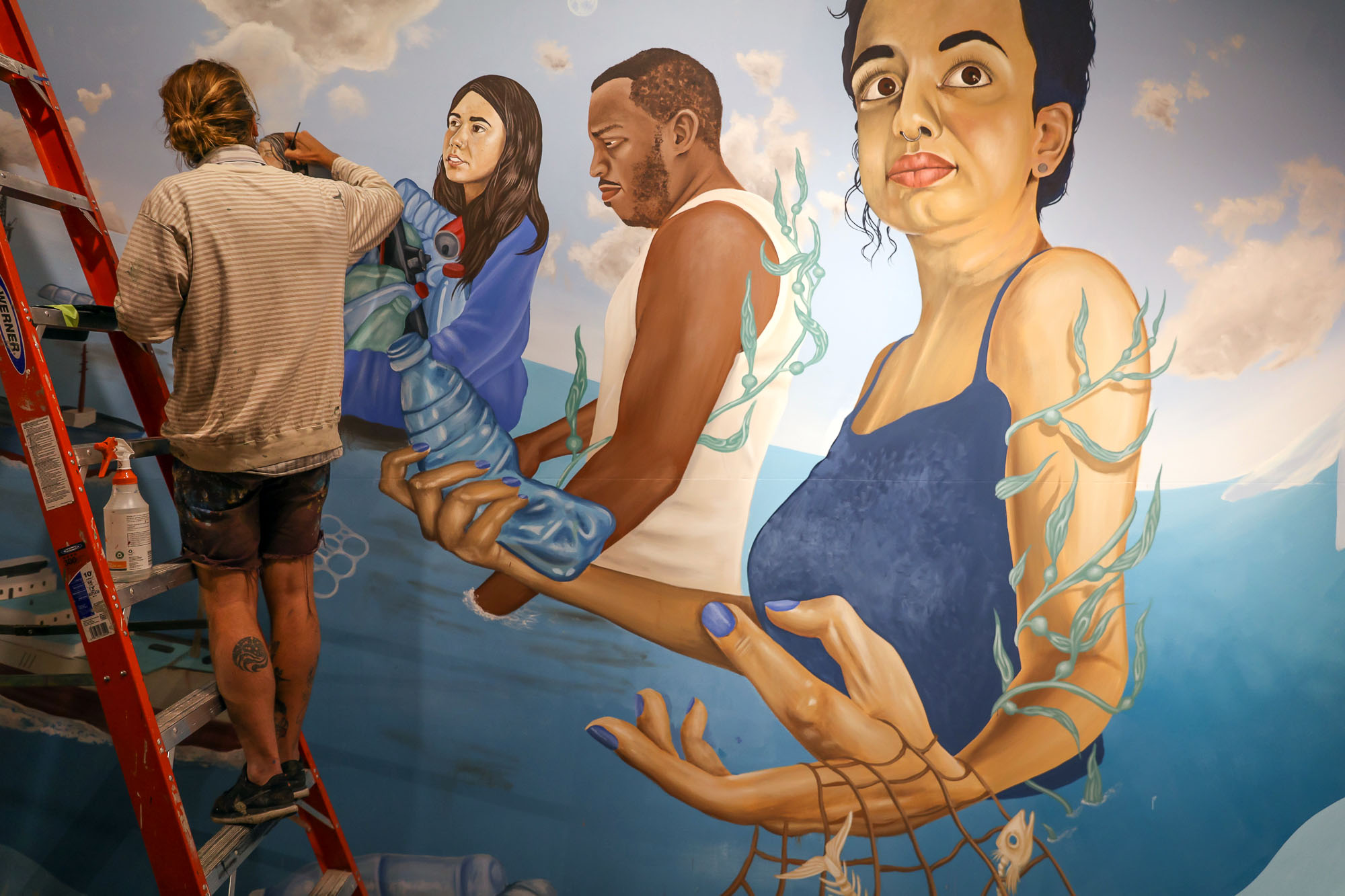
#paintforapurpose
Painting with Purpose: Curating art that sparks action by addressing critical ocean issues and creating long-term educational value.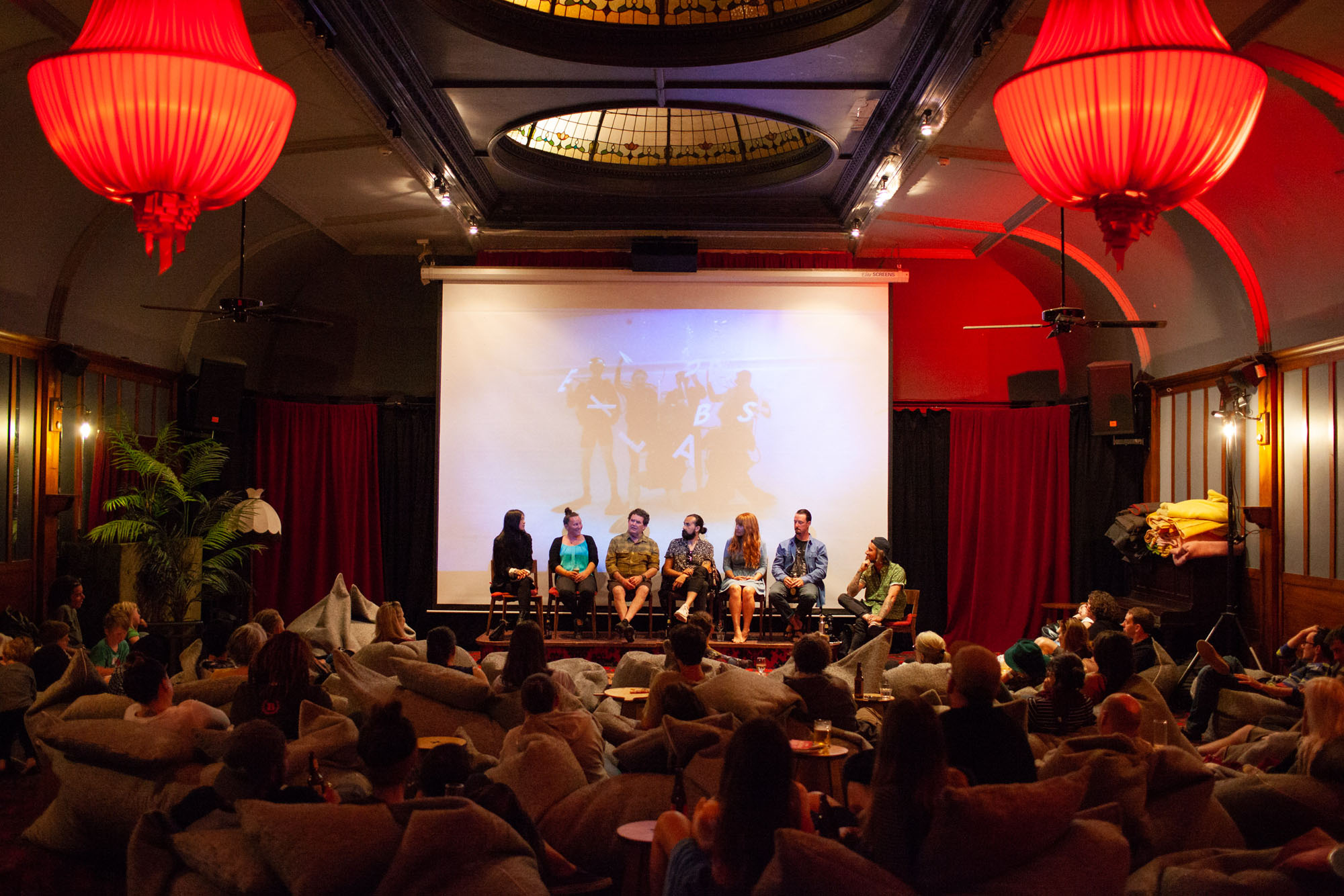
Beyond Art
Incorporating workshops, film screenings, and community events to deepen engagement and inspire change.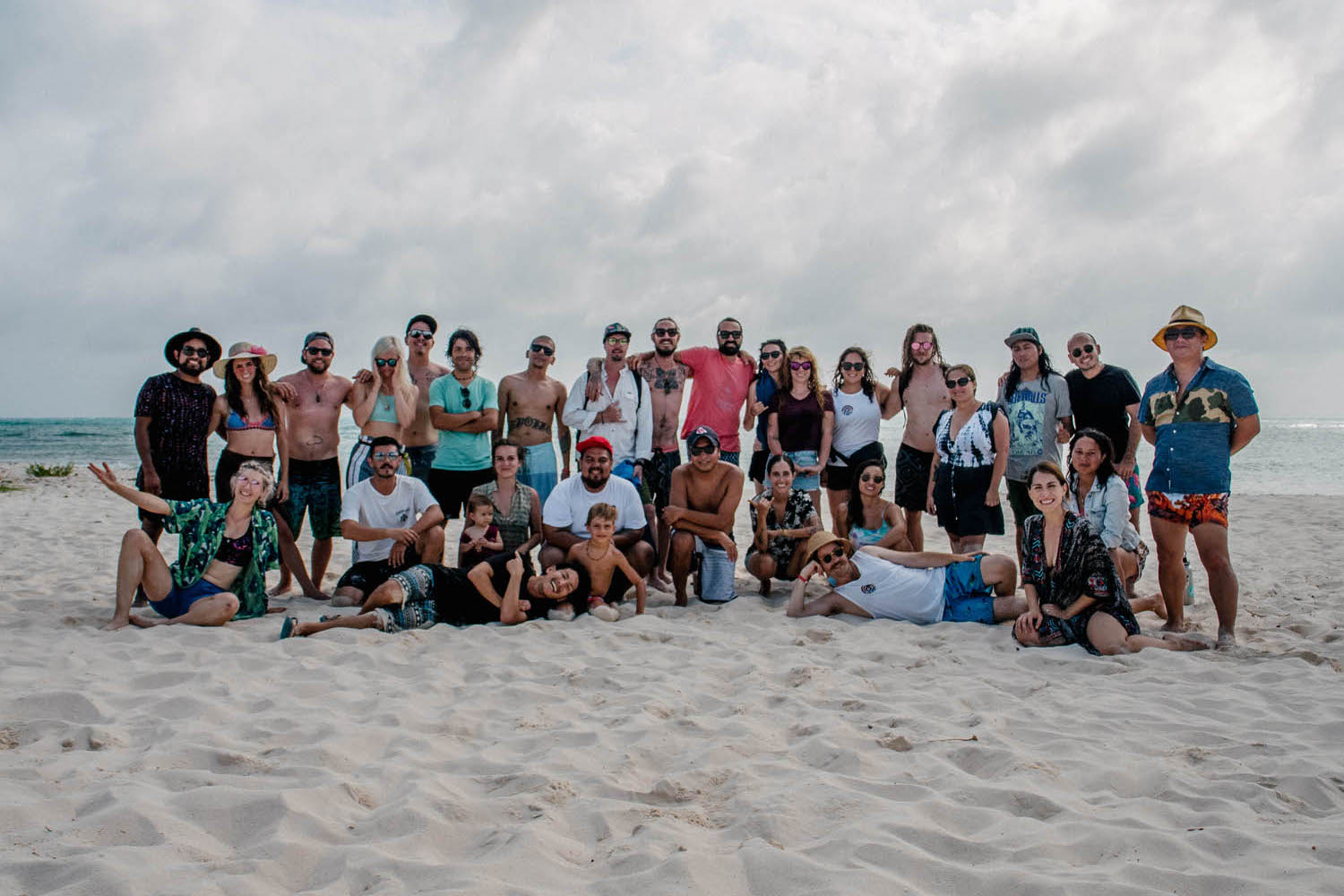





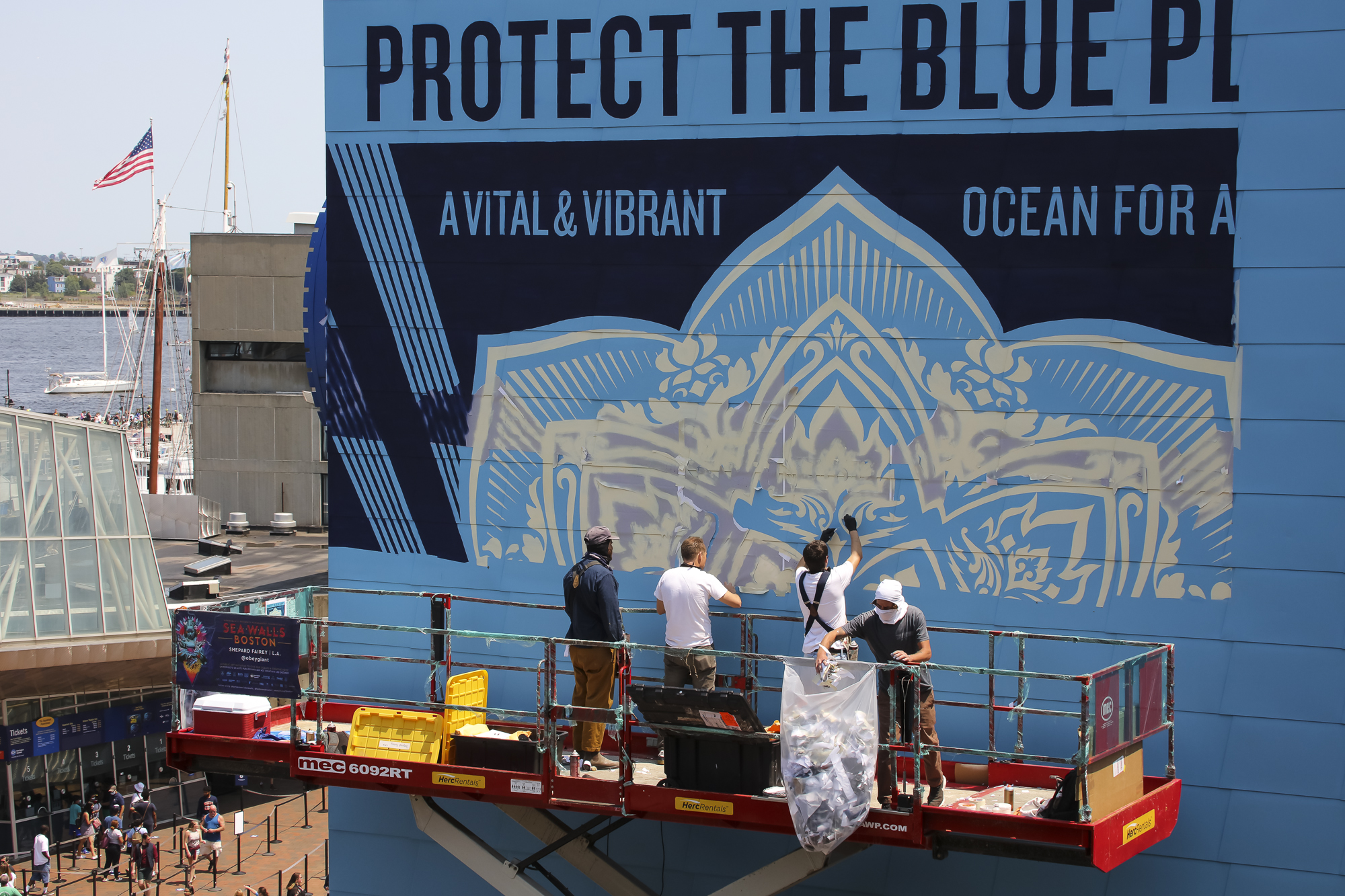
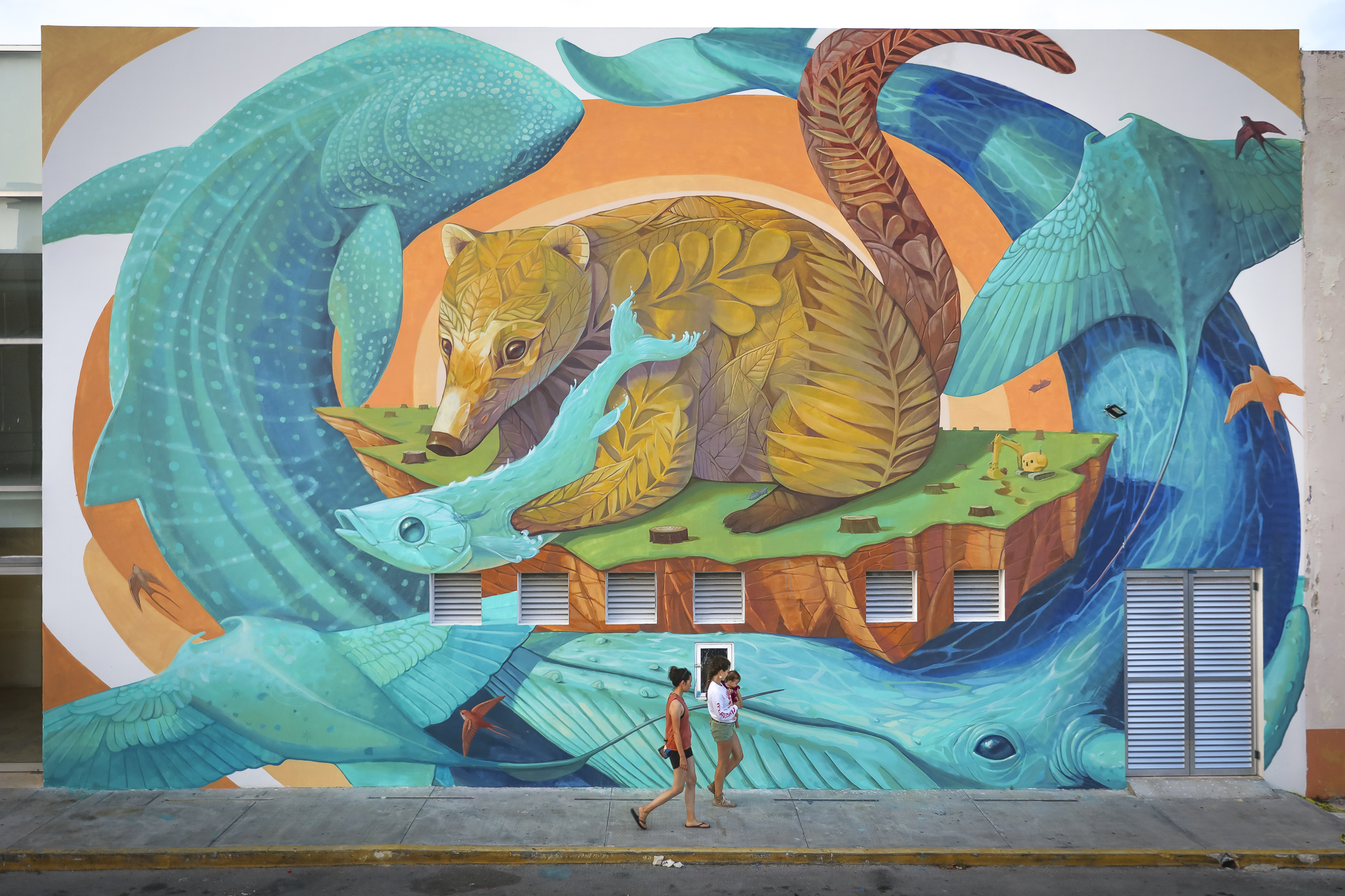
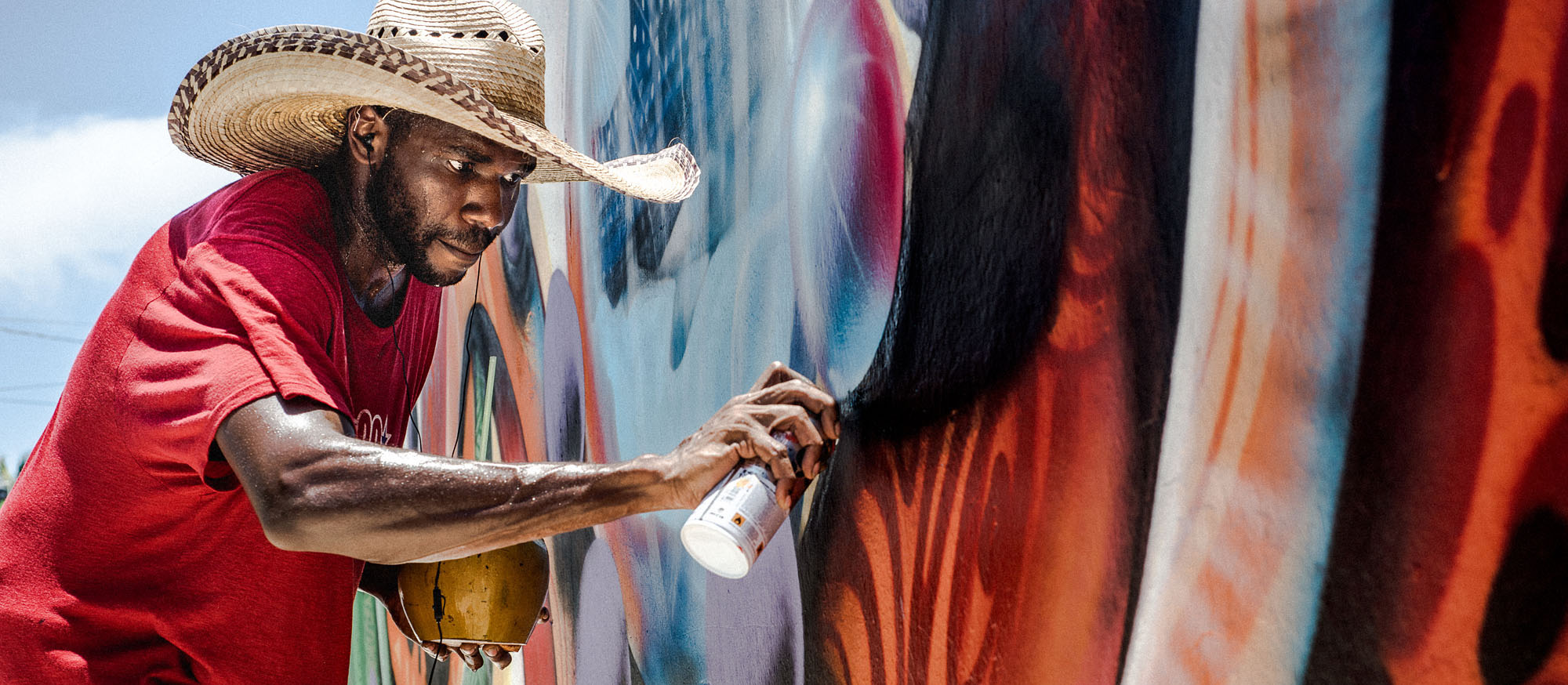 Supporting artist Nosego in Isla Mujeres, Mexico (2014).
Supporting artist Nosego in Isla Mujeres, Mexico (2014).